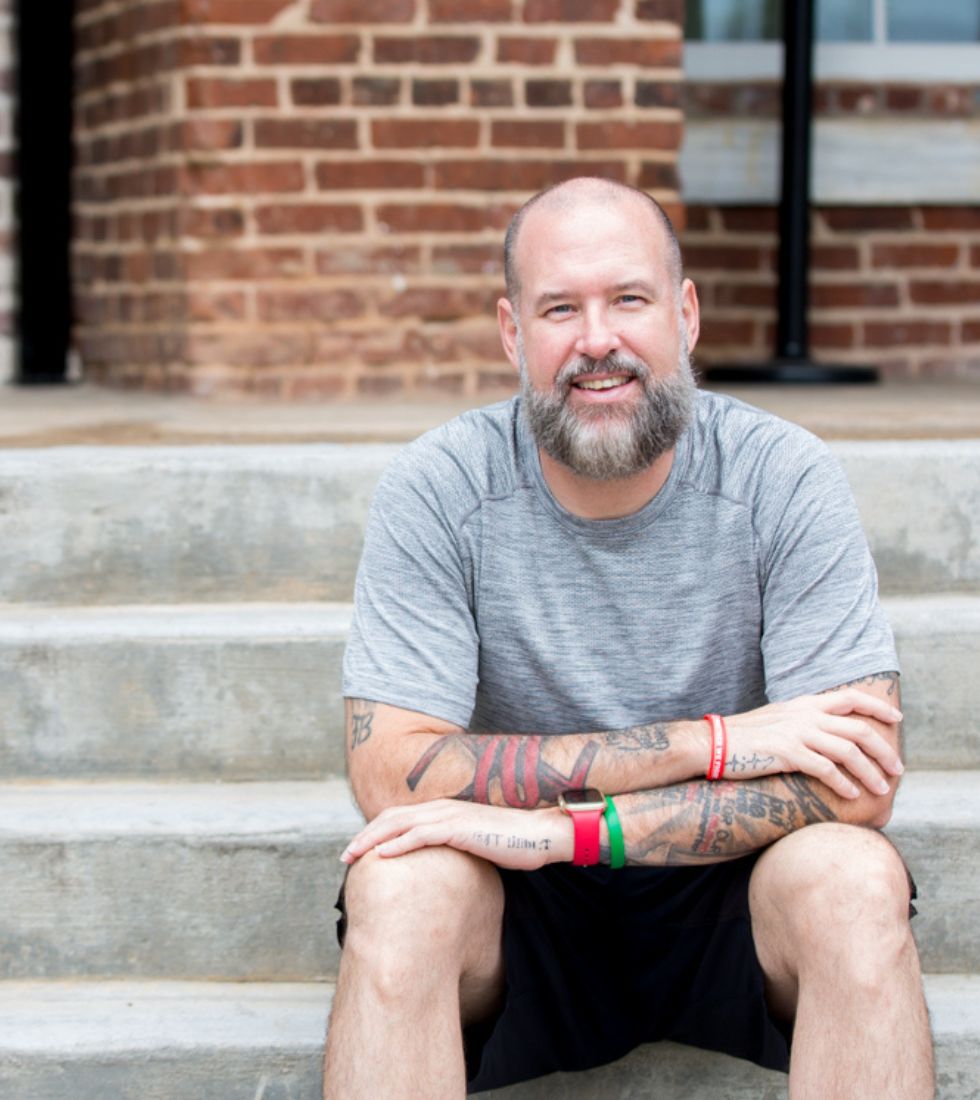In the shadow of abuse, trauma bonding is the unintended chain; but with understanding, support, and strength, those chains can be broken.
Trauma bonding, an emotionally intense connection that develops between a victim and their abuser, is a complicated and often misunderstood phenomenon. Let’s dive into understanding its nature, origins, and implications.
Trauma Bonding Defined
At its core, trauma bonding is a deep and powerful emotional attachment between an abused individual and their perpetrator. It might seem counterintuitive for a bond to develop under such adverse conditions, but it’s akin to the ties between hostages and their captors (known as the Stockholm Syndrome).
Why Does It Happen?
The cycles of abuse – a mix of intense love, kindness, threats, and violence – can create a confusing environment for the victim. The constant unpredictability releases stress hormones, which, when paired with moments of kindness from the abuser, can form an addictive bond.
Abusers often utilize manipulation techniques, playing on their victim’s emotions to solidify their control. Over time, the victim may begin to rationalize the abuse, blaming themselves or believing they deserve the treatment.
Identifying Signs of Trauma Bonding
- Feeling stuck in the relationship despite continuous abuse.
- Making excuses for the abuser’s actions or downplaying the severity.
- Experiencing intense bouts of withdrawal when away from the abuser.
- Continue caring for and supporting the abuser, even when they hurt you.
Breaking Free from Trauma Bonds
Overcoming a trauma bond is challenging but not impossible. It requires:
- Acknowledgment: Recognize the bond and accept that it results from manipulation, not genuine love.
- Seek Support: Join a support group, seek therapy, or confide in trusted friends.
- Rebuild Self-Worth: Engage in activities that promote self-esteem and individuality.
- Set Boundaries: Gradually distance yourself from the abuser and limit contact.
- Stay Educated: Learn about trauma bonding and how it functions to make informed decisions.
Conclusion
Understanding trauma bonding is crucial for both victims and their support systems. Recognizing the signs can pave the way for healing and breaking free from the chains of abusive relationships.
People Also Ask
1. How do I know if I’m trauma bonded?
Recognizing trauma bonding is the first step toward healing. Common signs include:
- Inexplicable Loyalty: You might justify or make excuses for your abuser’s actions.
- Intense Attachment: Despite the harm they cause, you feel a deep emotional connection to the abuser.
- Confused Feelings: Moments of kindness from the abuser may overshadow their abusive behaviors in your memory.
- Withdrawal Symptoms: You may feel an intense withdrawal or longing when you’re away from the abuser.
- Low Self-Worth: You may start believing that you deserve the mistreatment or cannot find a better relationship.
2. What are the seven stages of trauma bonding?
The stages of trauma bonding can vary, but here’s a generalized seven-stage process:
- Love Bombing: The abuser showers the victim affectionately, making them feel special.
- Trust Development: The victim starts to trust and depend on the abuser.
- Criticism Begins: The abuser begins to criticize but intersperses it with moments of affection.
- Tolerance: The victim begins to tolerate the abuse, thinking it’s a one-time thing or they’re at fault.
- Increasing Abuse: The abusive episodes increase in frequency and intensity.
- Denial: The victim denies the severity of the situation, often because acknowledging it is too painful.
- Enmeshment: The victim’s identity becomes entwined with the relationship and the abuser, making it challenging to leave.
3. What does trauma bonding do to a person?
Trauma bonding has profound emotional and psychological effects. It can:
- Alter Perception: Victims may struggle to recognize or accept being abused.
- Impact Self-Worth: Continual abuse can erode the victim’s self-esteem.
- Cause Dependency: The victim might feel emotionally or physically dependent on their abuser.
- Affect Future Relationships: The effects of trauma bonding can linger, impacting trust and intimacy in future relationships.
- Lead to Mental Health Issues: Depression, anxiety, and PTSD are common among those who’ve experienced trauma bonding.
4. What is trauma bonding vs. love?
Trauma bonding and genuine love are starkly different:
- Nature: Trauma bonding arises from cycles of abuse and intermittent positive reinforcement. It’s an unhealthy attachment rooted in fear, dependency, and manipulation. Genuine love is based on mutual respect, trust, and care.
- Feelings Involved: In trauma bonding, victims often feel trapped, confused, and conflicted. In genuine love, feelings of safety, respect, and mutual understanding dominate.
- Outcome: Trauma bonds perpetuate abusive dynamics and erode a person’s sense of self-worth. Genuine love promotes growth, understanding, and mutual support.
Other Resources
- The National Domestic Violence Hotline (thehotline.org)
- A leading resource offering support, tools, and advice for individuals facing domestic violence situations.
- PsychCentral (psychcentral.com)
- An extensive source of psychological articles, quizzes, and expert insights, including topics on trauma and abusive relationships.
- RAINN (rainn.org)
- The nation’s largest anti-sexual violence organization which also delves into related topics like trauma bonding.
- The Trauma Center at JRI (traumacenter.org)
- A leader in the treatment of traumatic stress disorders and offers a wide array of resources, articles, and research.
- The Domestic Abuse Project (domesticabuseproject.com)
- A dedicated organization that offers therapy, advocacy, and community education, aiming to break the cycle of domestic violence.

Somatic coach (therapist) in Canton, GA, and Worldwide Life Coach dedicated to inspiring and assisting people worldwide through candid conversations about anxiety. Having personally battled general anxiety, panic disorder, and OCD, I understand the daily challenges those grappling with anxiety face. My journey involved searching for the right therapist, medication, and natural supplements and undergoing various tests. It was only after deciding to reclaim my life that I finally overcame anxiety’s hold. I’m passionate about helping others conquer their struggles and discover their life purpose.

